Before you stock up for your Christmas cheese boards, cheese dips and cheesy casseroles, read on. We asked Whole Foods Market cheese specialist (at the Post Oak Boulevard location) Shablis Kinsella, certified cheese professional*, a few questions about cheese buying, storing and, of course, eating.
And to celebrate the season, yesterday Whole Foods kicked off its 12 Days of Cheese holiday promotion, offering daily half-price discounts on select cheeses. So while you’re buying your cheddar and gruyère this week and next, don’t be afraid to try something new and get creative with your curds. Kinsella offers some tips below.

What are some cheeses that get overlooked?
Alpine styles. Most people are familiar with gruyère. There is a plethora of amazing cheeses from the Swiss/French Alpine region, many which bring a perfect savory dimension to recipe or cheese board. In addition, raclette is now receiving much overdue attention these days, and I’m personally a big fan of Le Maréchal (photo below) and Gran Cru Reserve from Emmi Roth. There are also stunning Alpine-style cheeses made right here in the U.S., including Pleasant Ridge Reserve, Alpha Tolman and Ashbrook.
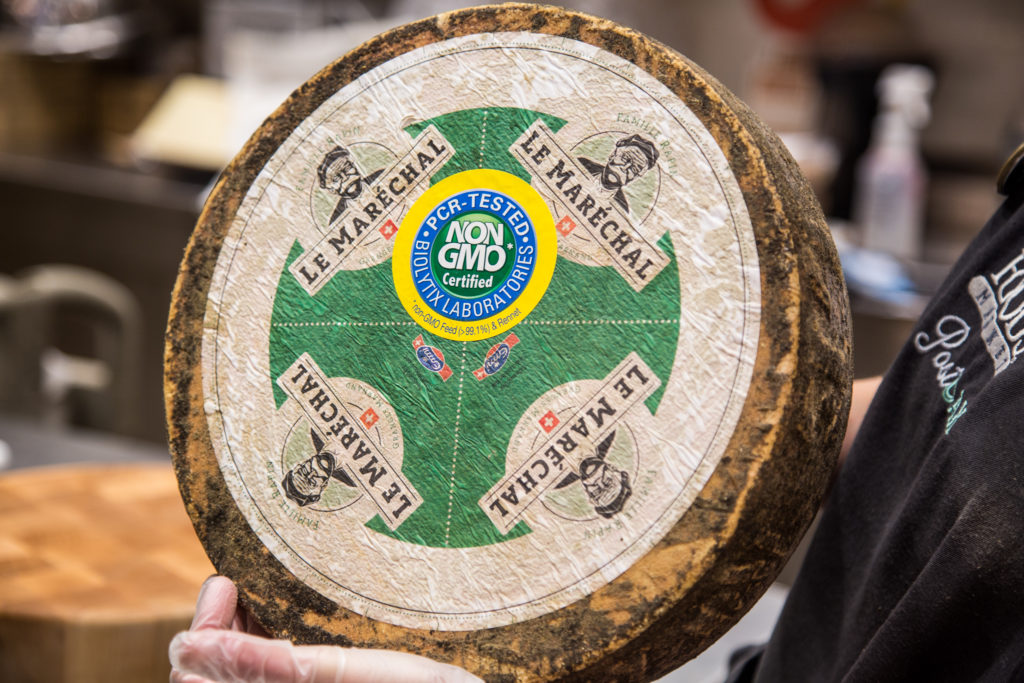
What is the best way to store cheese once it is unwrapped?
For a nice block of cheddar or pepper jack already wrapped in plastic, you can rewrap it in cellophane and the cheese should be fine. Make sure it’s wrapped completely to avoid drying out or exposure to excess moisture.
The ideal storage solution for finer cheeses that are softer or more temperamental is cheese paper. It’s a breathable wrapping that allows the natural molds and cultures of cheese to breathe without being exposed and drying out. Yes, your cheese is a living, breathing food. Like the cultures in yogurt are alive, so are the cultures in cheese.
Parchment paper is a cost-effective alternative to cheese paper. If cheese comes wrapped in cheese paper or non-plastic wrapping, be sure to use it but only for that particular cheese and not multiple repurpose. Once cheese is covered, place it in a resealable bag to keep excess moisture out and select the driest part of the refrigerator for storage, such as the vegetable crisper.
Should you open a brie, camembert or other soft-ripened style cheese that emits an ammonia-like odor, let it breathe uncovered for five to 10 minutes and then taste it to determine freshness. The ammonia odor is actually created by the living mold around the brie, and its presence indicates the cheese has been stifled. If the cheese is undesirable after the breathing period, it has likely been kept wrapped too tight for too long and is simply no longer enjoyable.
If you consider yourself a lover of all cheeses, what is the most intensely challenging cheese to eat (and enjoy)?
Washed-rind cheeses, hands down. Limburger, Epoisses, Livarot, Chaumes, for instance, and they are not for the casual cheese eater. I had to work my way up to appreciate these very funky, pungent cheeses. Some are milder than others, so if you want to experiment, I suggest starting with Chaumes. In my opinion, the ultimate challenge is Epoisses (photo below). One you can appreciate these cheeses, every part of your palate is enraptured with the rich complexities of a fine washed-rind. Epoisses paired with a glass of Burgundy is the peak turophile experience.
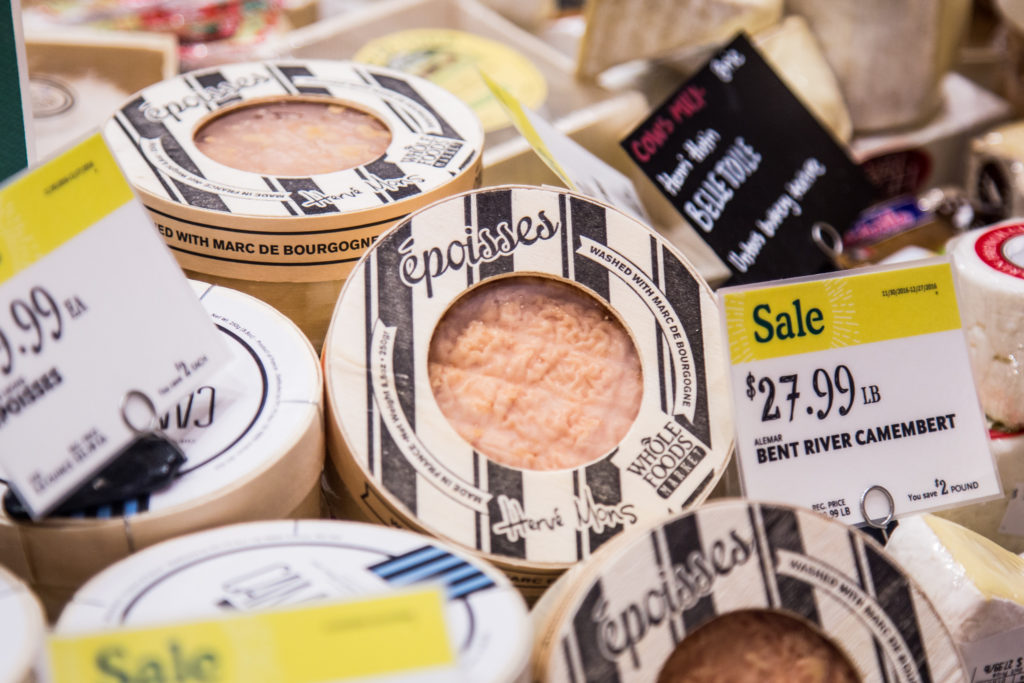
The mold that grows on un-moldy cheese – is it dangerous?
In the case of firm, semi-firm and semi-soft cheeses like parmesan, cheddar, Swiss and others, the common blue mold seen usually just on the surface can be trimmed with minimum hassle to enjoy the rest of the block.
For pre-shredded or sliced cheeses, cottage cheese, ricotta, or anything that is not a solid block and starts growing mold, the safest practice is to dispose of the cheese. These items are prone to rapid mold growth throughout and cannot be trimmed.
How can you determine if a cheese will melt well?
An easy tell-tale sign is the density and firmness. Semi-firm and semi-soft cheeses such as mozzarella and mild cheddar will melt much nicer than hard cheese, such as aged sharp cheddar, for example. Mozzarella, I would say, is the ideal texture you want to seek. Cheeses like Oaxaca, Port Salut, raclette and stabilized (firmer) brie are ideal for a rich, gooey result.
If you prefer something to melt on top of a dish or add into your recipe for the best flavor effect, gruyère is classic. Other cheeses I recommend are those lovely Alpine styles, both domestic and imported as they add extra dimension to a dish.
Are there any cheese faux pas?
Improper cheese storage and serving fine cheese cold straight out of the refrigerator. With artisan cheeses, let your cheese board sit for at least 10 minutes before serving. This allows the cheese cultures and microbes to really open up for the full flavor profile. Herve Mons Gabietou (photo below) is a perfect example, with very different flavors at cold and room temperature. Once it has time to breathe, this cheese is amazing. For cheese that tends toward super runny or gooey, I recommend setting it out closer to serving time to minimize mess.
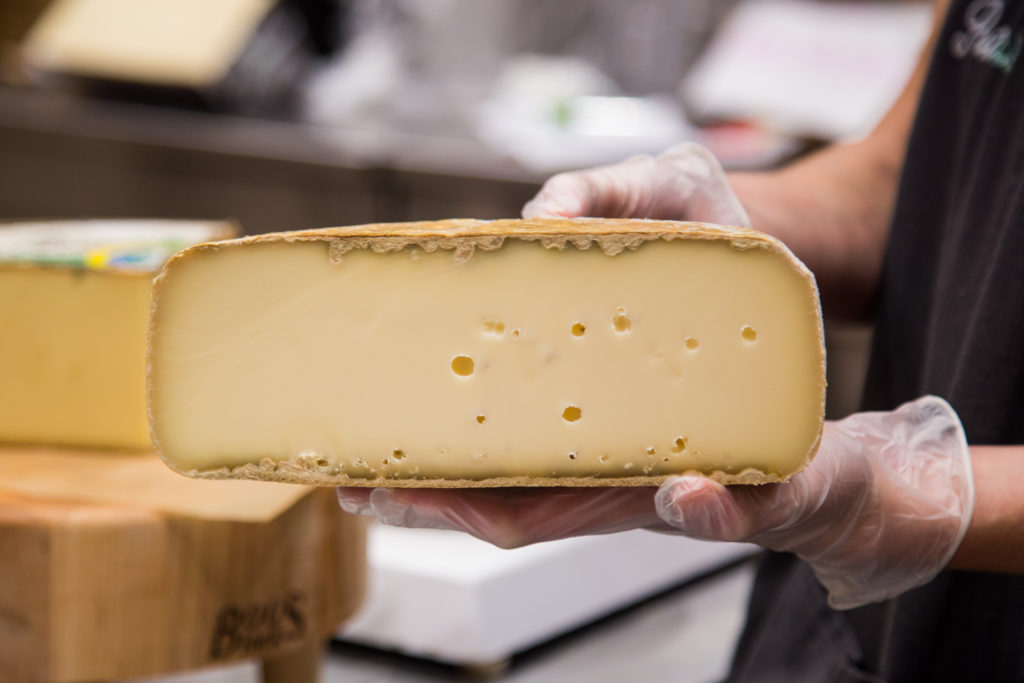
Herve Mons Gabietou
Pairing wise, there are dozens of guidelines and rules to pairing and cooking, from geography, flavor profiles, meal type, season and more. I think food should be fun. Be adventurous. Try something new, experiment with pairings. Eat what you love, drink what you love, and you can’t go wrong.
What are a few of your store’s best-selling cheeses?
Parmigiano-Reggiano is my top-requested cheese followed by Seaside Cheddar. Brie is also very popular, especially Delice de Bourgone, Fromage d’Affinois and our holiday feature Bon Homme Normandy. Other cheeses worth mentioning include manchego, pecorino romano, stilton, parrano, gouda and roquefort.
Guests frequently ask me about my favorite cheese. I have so many! It’s more about what I’m most excited about at the time as there is always something new or special to discuss with my cheese case. When you visit our cheese counters at Whole Foods Market, we are happy to share samples, provide information about foods we love and recommend great pairings.
*In 2012, the American Cheese Society offered the first-ever Certified Cheese Professional™ (CCP) exam, and Whole Foods Market’s cheesemongers took the test. Whole Foods Market has the most CCPs of any retailer. The exam tests for knowledge of cheese making, ripening, storage and handling, nutrition and more.

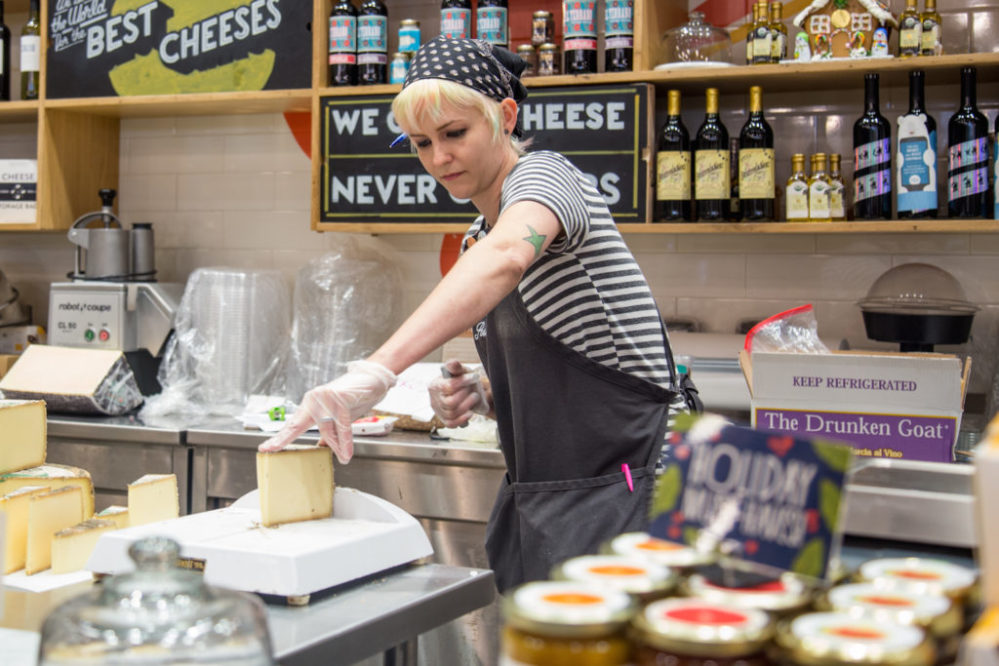


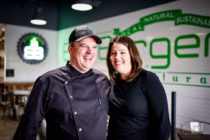


Follow Us